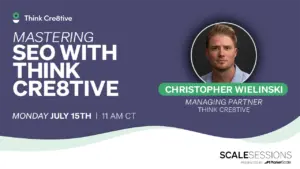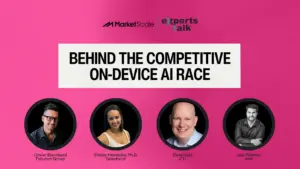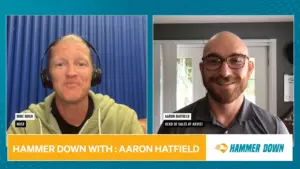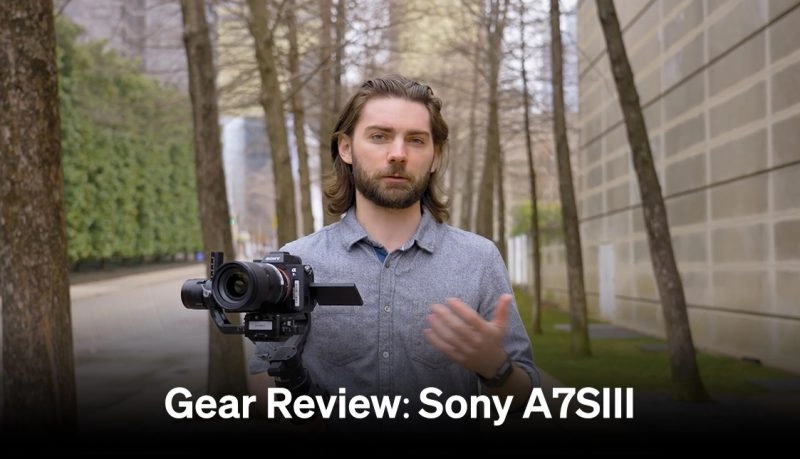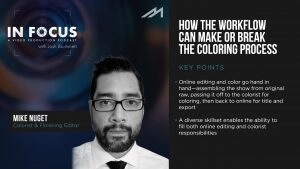Oscar-Nominated Roger Deakins on One of the Best Ways to Learn How to Be a Cinematographer
Matthew Heineman and Roger Deakinsshare a number of things in common.
They’ve both shot documentaries, and they’ve both been nominated for Academy Awards this year for films related to the drug war along the US/Mexican border — Deakins for shooting Sicario (his 13th for cinematography) and Heineman for his documentary Cartel Land(which he shot and directed). In this great Vice talk, the two gush about each other’s movies, the difficulties of shooting in certain parts of Mexico, and the best way they try to achieve realism in their work (the Deakins advice for learning to be a cinematographer is about 4 minutes in, with the full quote below):
As Roger Deakins explains in the video, he started his career in documentaries, and it’s fascinating to wonder what he might be making if he was still shooting them today. As for advice, Deakins thinks documentaries are a fantastic way to learn how to be a director of photography:
I used to do documentaries for television. When people ask me how do you learn how to be a cinematographer, I think that’s probably the best way you can. Even on a feature film, you’re reacting to something that’s in front of you, so shooting documentaries you learn that speed.
The line between narrative and documentary cinematography has blurred even more in recent years, and so many of the same skills are required for both. Learning how to be fast is an important skill for a cinematographer, and as Deakins says, you can learn that by shooting docs, since there isn’t much time to react to the story unfolding in front of you.
Read more at No Film School


